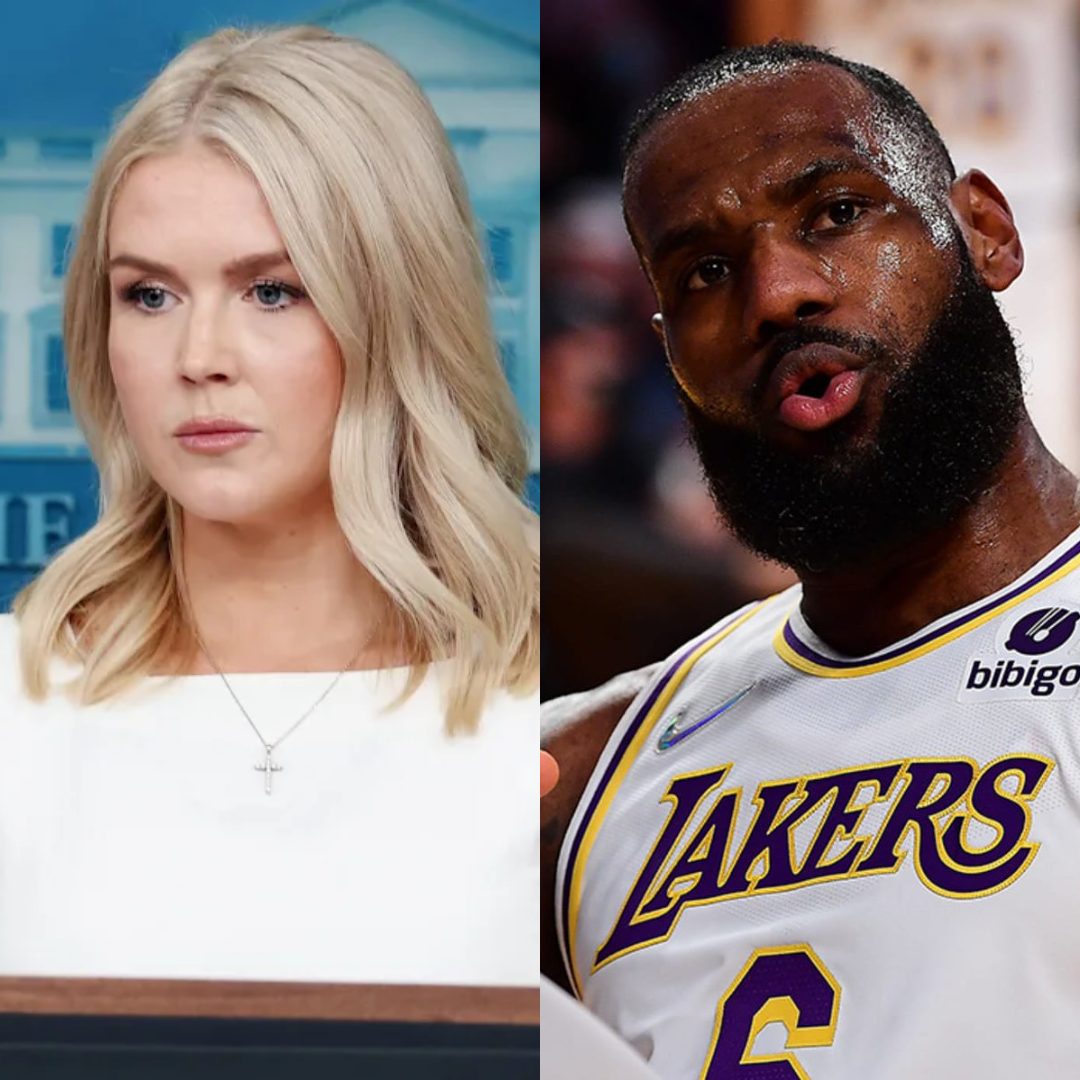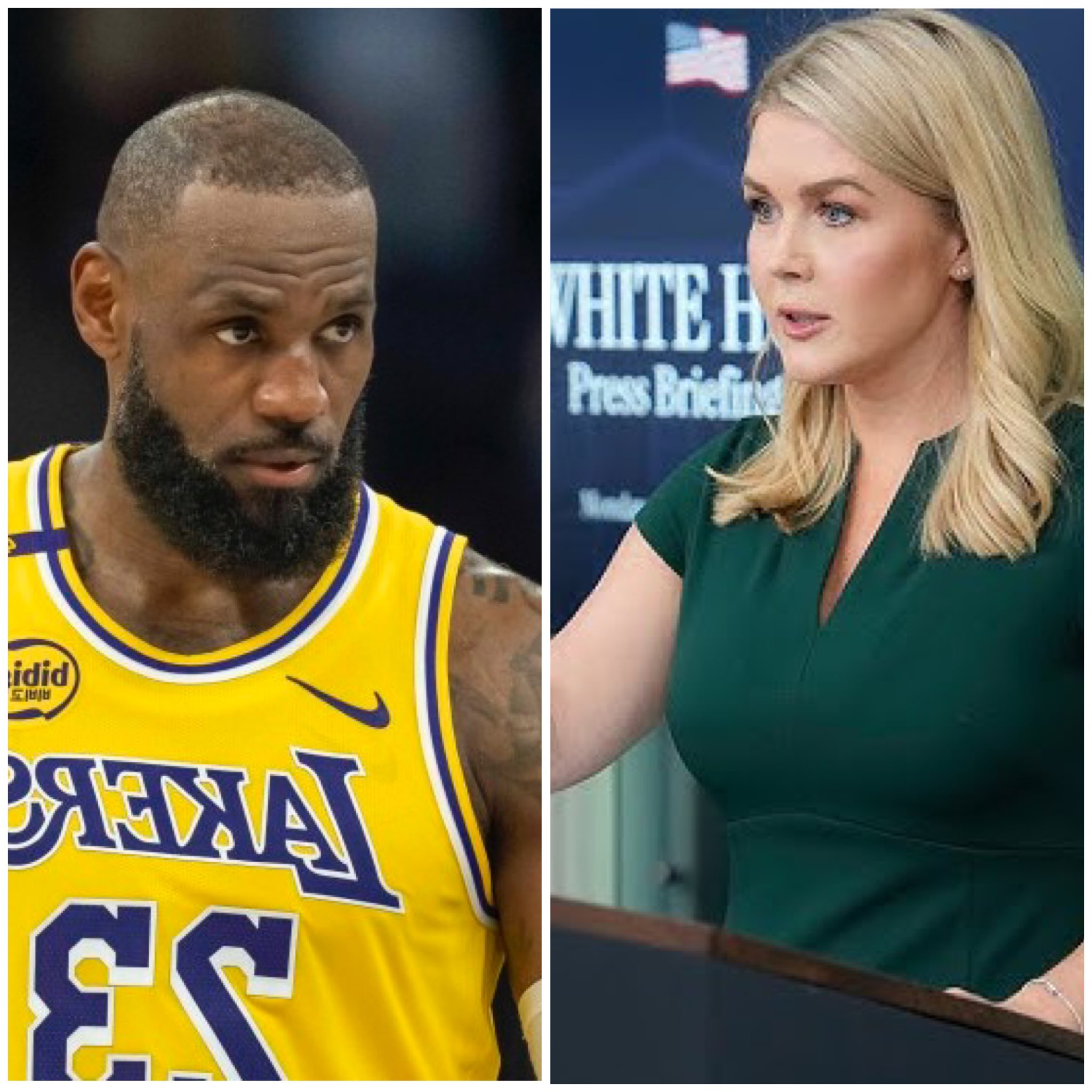Within hours, the story was everywhere—shared in Facebook groups, tweeted by anonymous accounts, and posted on meme pages with millions of followers. The image was irresistible: LeBron James, the world’s most famous basketball player, allegedly hurling a racist insult at Jeanine Pirro, the fiery conservative commentator, only to be silenced by a measured, devastating comeback.

But there was just one problem: None of it was true.
In the age of viral misinformation, this is how fake news spreads—fast, furious, and often unchecked. The story of LeBron and Pirro, as told by clickbait sites, never happened. Yet its impact was real, revealing uncomfortable truths about American culture, media, and the power of a lie.
The Anatomy of a Viral Hoax
The headline’s origin is murky, as is often the case with internet rumors. Some trace it to fringe websites known for publishing sensational, unverified stories. Others believe it began as a meme, a joke that spiraled out of control. Regardless, the formula was familiar: take two polarizing public figures, invent a dramatic confrontation, and watch as both fans and critics share it with outrage or glee.
For many, the story was too good to check. It played into existing narratives—LeBron as an outspoken activist, Pirro as a conservative firebrand. It was tailor-made for the culture wars, a digital Rorschach test for a divided nation.
But a closer look reveals the truth: There is no record, video, transcript, or credible report of LeBron James ever calling Jeanine Pirro a “KKK old lady.” Nor is there any evidence that Pirro responded with a “17-word” statement that left him speechless. The entire episode is a fabrication.
The Real LeBron vs. Pirro: Fact vs. Fiction
To understand why the hoax was so believable to some, it helps to know the real history between LeBron James and Jeanine Pirro.
LeBron James, a four-time NBA champion and global icon, has never shied away from politics. He has spoken out on issues of race, police brutality, and voting rights, often drawing the ire of conservative commentators. Jeanine Pirro, a former judge and Fox News host, is one of those critics. She has accused LeBron of “dividing America” and “disrespecting the flag.”
Their most public clash came in 2018, when Pirro criticized LeBron for his comments about then-President Donald Trump. LeBron, in turn, defended his right to speak out, saying, “I will not just shut up and dribble.”
But at no point did their war of words descend into the kind of personal, racist insult described in the viral headline. In fact, both have largely avoided direct, personal attacks, preferring to battle over ideas and principles.

How Fake News Spreads—and Why We Fall For It
So why did so many people believe the hoax? The answer lies in the psychology of fake news.
First, the story confirmed existing biases. For LeBron’s critics, it fit the narrative of a “woke celebrity” gone too far. For Pirro’s detractors, it was another example of conservative victimhood. People are more likely to believe—and share—stories that align with their worldview.
Second, the story was emotionally charged. Outrage drives clicks, and nothing generates outrage like accusations of racism or public humiliation. The more shocking the claim, the faster it spreads.
Third, the decline of traditional media has left a vacuum. With trust in mainstream news at historic lows, many Americans turn to social media for information, where rumors and lies can circulate unchecked.
Dr. Emily Carson, a media studies professor at Columbia University, explains: “The internet rewards virality, not accuracy. Fake news is often more engaging than the truth, because it’s crafted to provoke a reaction. And once a story goes viral, it’s almost impossible to put the genie back in the bottle.”
The Real-World Consequences
The LeBron–Pirro hoax may seem harmless—a bit of internet theater, soon forgotten. But the consequences of fake news are anything but trivial.
For one, such stories deepen existing divisions. They reinforce the idea that “the other side” is irredeemably evil, making compromise or understanding all but impossible. In this case, the hoax painted LeBron as a racist and Pirro as a secret genius, fueling anger on both sides.
Second, fake news erodes trust in real journalism. When people see headlines like this one, they become more skeptical of all news, making it harder for the truth to break through.
Third, viral hoaxes can have real-world victims. Public figures like LeBron and Pirro are used to criticism, but ordinary people have been harassed, doxxed, or even attacked because of internet rumors.
LeBron James: A Target of Misinformation
LeBron James is no stranger to controversy—or to being the subject of false stories. As one of the most famous athletes in the world, he is constantly in the spotlight, and his every word is scrutinized.

But in recent years, LeBron has become a lightning rod for political attacks. His activism—on issues like Black Lives Matter, voting rights, and police reform—has made him a hero to some and a villain to others.
Conservative media outlets have accused him of “hating America,” while far-right trolls have circulated doctored images and fake quotes. The Pirro hoax is just the latest in a long line of attempts to discredit him.
Yet LeBron remains undeterred. In interviews, he has said that he feels a responsibility to use his platform for good. “I have a voice, and I’m going to use it,” he told ESPN. “If that makes some people uncomfortable, so be it.”
Jeanine Pirro: A Magnet for Outrage
Jeanine Pirro, too, is no stranger to controversy. As a Fox News host, she has built her career on provocative statements and combative interviews. Her critics accuse her of spreading conspiracy theories and stoking division; her fans see her as a truth-teller in a world of political correctness.
Pirro has clashed with athletes, politicians, and even her own network. She was briefly suspended by Fox in 2019 for comments about Rep. Ilhan Omar, but returned to the airwaves with even higher ratings.
The fake story about LeBron and Pirro played into her public persona: the unflappable conservative who always gets the last word. In reality, Pirro has never claimed to have silenced LeBron, nor has she ever referenced the viral “17 calm words.”
The 17-Word Myth: Why We Love the Comeback
There’s a reason the “17 calm words” part of the headline resonated. Americans love a good comeback, especially when it’s delivered with poise and dignity. The image of Pirro calmly shutting down LeBron with a single sentence is the stuff of internet legend.
But in the real world, such perfect moments are rare. Political debates are messy, emotional, and rarely resolved in a single exchange. The myth of the devastating comeback is just that—a myth.
Yet the idea persists, because it offers hope. Hope that, in a polarized world, reason and composure can still win the day.
Fighting Back: How to Spot—and Stop—Fake News
The LeBron–Pirro hoax is just one example of a much larger problem. Fake news is everywhere, and it’s getting harder to tell fact from fiction.
So what can we do? Media experts offer several tips:
Check the Source.
-
- Reputable news outlets have editorial standards and fact-checking processes. If a story appears only on fringe websites or meme pages, be skeptical.
Look for Confirmation.
-
- If a story is true, other outlets will report it. Search for key details—if no credible sources cover it, it’s probably false.
Beware of Emotional Manipulation.
-
- If a headline makes you angry or excited, pause before sharing. Fake news is designed to provoke strong emotions.
Read Beyond the Headline.
-
- Headlines can be misleading. Read the full story—and check the byline, date, and context.
Report Misinformation.
- Social media platforms allow users to flag false stories. Use these tools to slow the spread of hoaxes.
The Bigger Picture: Truth in the Age of Outrage
The fake LeBron–Pirro story is a symptom of a deeper malaise. In a world of information overload, truth is often the first casualty. Outrage is easy; understanding is hard.
But there is hope. Surveys show that Americans are becoming more aware of fake news, and schools are beginning to teach media literacy. Journalists are fighting back, debunking viral hoaxes and holding bad actors accountable.
LeBron James, for his part, continues to speak out—not just on the basketball court, but in the national conversation. Jeanine Pirro, too, remains a fixture on cable news, undeterred by critics.
Their real story is not one of insults and comebacks, but of two Americans fighting for their beliefs in a divided nation.
Conclusion: Beyond the Clickbait
The next time you see a headline like “LeBron James called her ‘KKK old lady’… but Jeanine Pirro’s 17 calm words brought him to silence,” remember: the truth is often more complicated—and more interesting—than a viral meme.
In the end, we all have a role to play. We can choose to share stories that inform, not inflame. We can demand better from our media, our leaders, and ourselves.
Because in a democracy, truth is not just a value—it’s a necessity.





